Five Essential Blues Licks from Jimi Hendrix, T-Bone Walker, Elmore James, Stevie Ray Vaughan and Johnny Winter
Regardless of what style music you play, it will do your ears and your chops good to go through each of these licks.

We all know a great lick when we hear one—Jimmy Page’s solo breaks in “Whole Lotta Love” and Mark Knopfler’s blistering triads in “Sultans of Swing,” for example.
Moments like these grab your attention and aurally brand your ears forever.
Or, sometimes it acts more subliminally: You suddenly find yourself playing a certain lick over and over again, wondering, Where have I heard this before?
Through the years, these licks have evolved into a vocabulary for the guitar. And like great writers who are always able to find the right word to make a point, great guitarists always have that essential lick at their disposal to express, in the moment, what they’re feeling.
And whereas the best writers are able to string those words together to form remarkable prose, the best guitarists link their licks to form living, breathing, musical statements.
Regardless of what style music you play, it will do your ears and your chops good to go through each of these licks. Learn them, master them, and keep them on file for the next time you’re looking for just the right way to say what’s in your soul.
Today we bring you five handy blues licks in the styles of T-Bone Walker, Johnny Winter, Stevie Ray Vaughan, Elmore James and Jimi Hendrix. Each lick contains playing tips and a touch of theory—and we also provide the tab for each example.
We already have a few more of these in the can, so let us know if you want to see more!
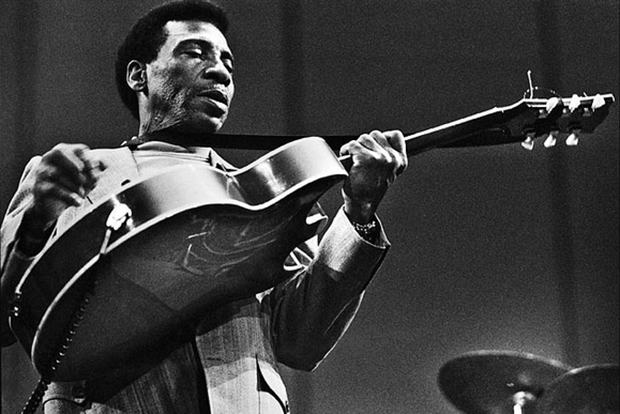
1. T-Bone Walker
• Origin: This Chicago blues lick takes its roots from Texas-born T-Bone Walker.
• Theory: Culled from the A blues scale (A–C–D–Eb–E–G), this lick illustrates a chromatic approach to the 5th (E) that starts measure 2 and a jazzy, double-chromatic approach (playing the note chromatically on either side of a target note) to the major 3rd (C#).
• Playing Tip: The lick is in 12/8 but because it’s a steady stream of eighth notes, think of the groupings as eighth-note triplets in 4/4 time for a smooth, fluid line.

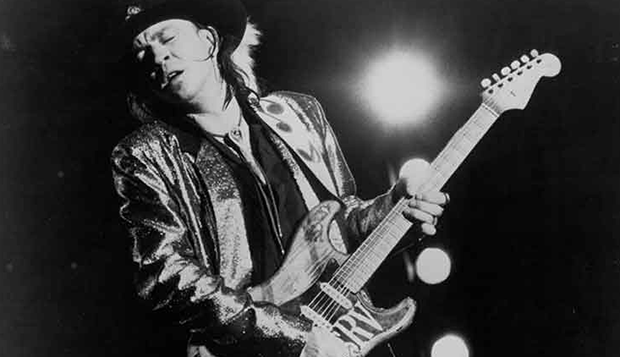
2. Stevie Ray Vaughan
• Origin: Elmore James may have birthed “The Sky Is Crying,” but Stevie Ray Vaughan gave it eternal life on his posthumously released 1991 album by the same title. On this Texas blues lick, SRV pays tribute to James.
• Theory: SRV plies this C minor pentatonic (C–Eb–F–G–Bb) lick in the blues box named for his hero, Albert King.
• Playing Tip: Bend the first-string F note up to G with your fret-hand thumb wrapped over low E string for extra leverage—especially if you prefer heavy-gauge strings like SRV did.
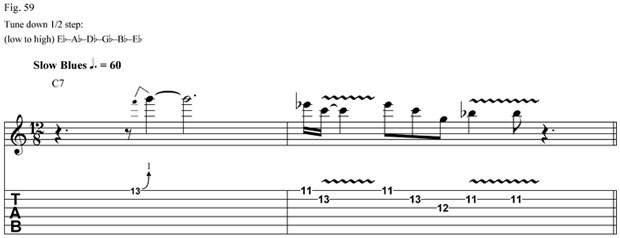

3. Johnny Winter
• Origin: A blues guitarist who never seemed to get his due, Johnny Winter could absolutely shred—often with a sense of reckless abandon. In this moderately paced line, Winter borrows a harp lick from James Cotton.
• Theory: The b7th (G) segues via a hip b5th and a passing #9th (B# [C]) to the root (A) on the downbeat of measure 2.
• Playing Tip: The 1-1/2–step bend at the start of the lick requires a little extra oomph, but try to keep relaxed.

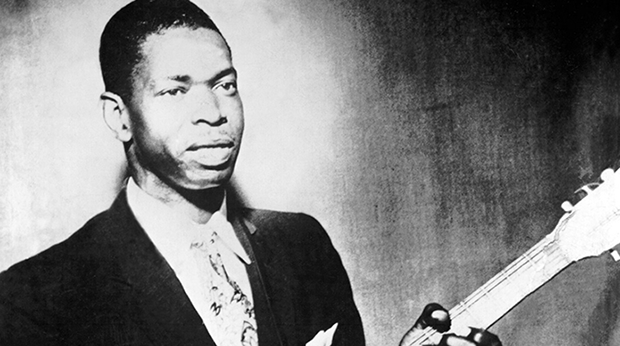
4. Elmore James
• Origin: Most of Elmore James’ licks originated from Delta players like Robert Johnson or Son House. This electric Delta blues lick is in the style of “Take Me Where You Go” from James’ Dust My Broom album.
• Theory: Notice the grace-note move on the 3rd (C to C#). This is a pianistic way of playing a blues note, as opposed to bending the C up to C#.
• Playing Tip: Play this lick with a pick, and be sure to relax your picking wrist.

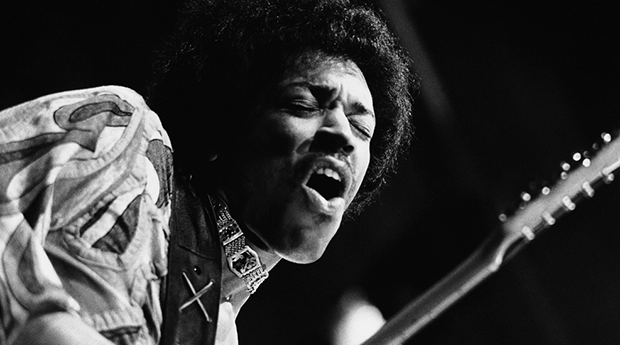
5. Jimi Hendrix
• Origin: Originally conceived by Robert Johnson and played with a slide in “Come on in My Kitchen,” Jimi Hendrix borrowed the lick and made it famous as a lead-in at the start of “Red House.”
• Theory: Pretty much taken from the B blues scale (B–D¬–E–F–F#–A), Hendrix adds a bluesy major 7th (A#[Bb]) for extra chromaticism in measure 2.
• Playing Tip: Apply heavy vibrato to the bends in measure 1, and to make the line sing, keep solid time throughout.

Get The Pick Newsletter
All the latest guitar news, interviews, lessons, reviews, deals and more, direct to your inbox!
Since 1980, Guitar World has been the ultimate resource for guitarists. Whether you want to learn the techniques employed by your guitar heroes, read about their latest projects or simply need to know which guitar is the right one to buy, Guitar World is the place to look.











